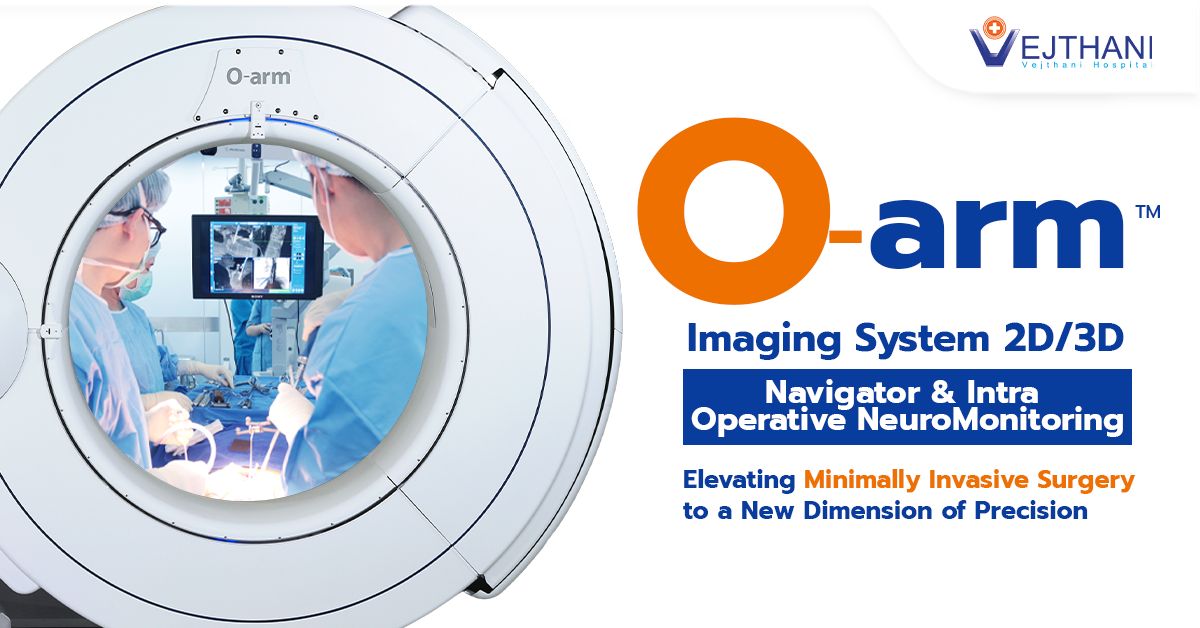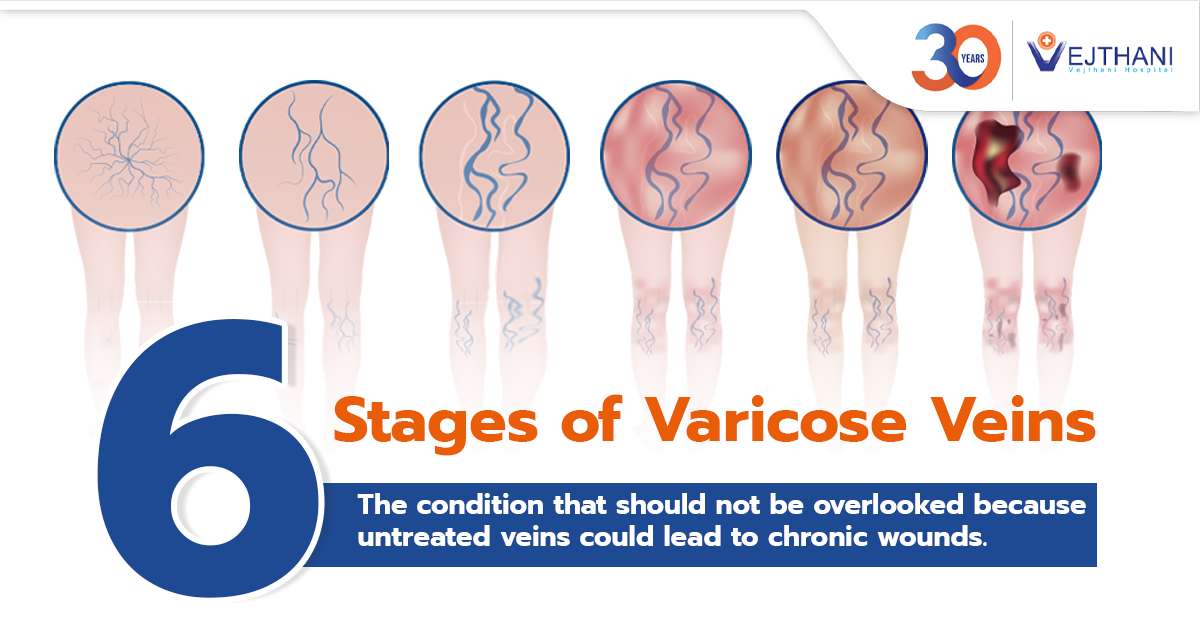
Hip arthroscopy
Overview
Hip arthroscopy is a minimally invasive surgical technique employing an arthroscope, a specialized device, to both diagnose and treat hip–related issues. The procedure involves creating minor incisions on the hip’s skin, through which a flexible tube housing a camera connected to a video monitor is introduced into the hip joint. This monitor provides an enlarged visual of the hip tissues, enabling the surgeon to identify any injuries, impairments, or irregularities present. Beyond just diagnosing hip pain origins, hip arthroscopy also facilitates the concurrent treatment of specific hip conditions.
To administer treatment, the surgeon makes one or two additional small incisions for the insertion of specialized surgical instruments. Notably, the incisions required for hip arthroscopy are notably smaller than those in conventional surgeries, resulting in reduced bodily stress compared to other procedures.
Reasons for undergoing the procedure
Hip arthroscopy is typically suggested for patients experiencing hip pain who don’t require a hip replacement. The pain often relates to sports injuries, overuse injuries, or irregularities in the hip joint’s bone structure. This procedure might involve repairing damaged soft tissues within the hip or correcting the shape and alignment of the hip bones. Notably, hip arthroscopy isn’t typically recommended for those with osteoarthritis.
This approach could be considered if you have been diagnosed with or if your doctor suspects the following conditions:
- Hip Impingement (Femoroacetabular Impingement – FAI): This occurs when the hip joint is unusually shaped, leading to friction between the top of the femur and the hip socket. FAI restricts movement and causes discomfort.
- Hip Labral Tear: The cartilage ring surrounding the hip socket can tear. Arthroscopy helps address this by repairing the tear, cleaning the damaged labrum, and treating underlying causes like hip impingement.
- Removal of Bone or Cartilage Fragments: In cases where hip bones or cartilage are damaged, or loose fragments within the joint cause pain, surgery can involve their removal.
- Osteophytes (Bone Spurs): These bony growths can obstruct smooth joint movement. Arthroscopy is employed to eliminate these spurs and reinstate the proper joint shape.
- Tendon Tears: When tendons that connect muscles to bones tear due to injury, surgical reattachment might be necessary.
- Synovitis: Inflammation of the joint lining can be addressed through arthroscopy by removing the inflamed tissue and investigating and treating underlying causes.
- Dysplasia: This condition arises when the femur and pelvis don’t fit together correctly.
Since these conditions could potentially contribute to the development of hip arthritis over time, managing them through hip arthroscopy could aid in delaying or slowing down arthritis progression, consequently postponing the need for a hip replacement.
Risks
Possible complications from hip arthroscopy include:
- Allergic reactions to anesthesia.
- Formation of blood clots, including deep vein thrombosis (DVT).
- Damage to surrounding tissues or nerves.
- Excessive bleeding or swelling.
- Infections.
- Numbness or tingling in the groin, thigh, or foot.
- The potential need for further surgery if the underlying issues don’t improve.
Before the procedure
Your doctor may suggest hip arthroscopy after reviewing your medical history, conducting a physical examination, and analyzing results from imaging tests such as X–rays, computed tomography (CT) scans, or magnetic resonance imaging (MRI).
Prior to undergoing hip arthroscopy, you might need to take certain preparatory steps:
- Medication Adjustment: It’s important to inform both your healthcare provider and surgeon about all the medications you’re taking, including over–the–counter drugs and herbal supplements. This is particularly crucial if you’re on medications that prevent blood clots. Your surgeon will guide you on which medications to stop or how to adjust your routine.
- Smoking Cessation: If you’re a smoker or use tobacco products, making an effort to quit is advised. Smoking not only poses everyday health risks but also impedes the body’s healing process after surgery.
- Alcohol Consumption: To ensure your safety before and after surgery, it’s advisable to reduce your alcohol intake. Alcohol can thin the blood, which might be risky during the surgical process.
- Fasting: Your surgeon will provide instructions on whether you need to abstain from eating and drinking before the hip arthroscopy. You may need to plan ahead and refrain from consuming anything except water for up to 12 hours before the surgery.
On the day of the procedure, an anesthesiologist will assess your condition to determine the most suitable type of anesthesia. Hip arthroscopies can be performed under general anesthesia (where you’re asleep throughout the procedure) or regional anesthesia (which numbs your lower body while you remain awake).
Before commencing the procedure, the surgeon will secure your leg onto a specialized positioning device. This device incorporates mechanisms for pulling and traction, aiding the surgeon in placing your leg and hip at the optimal angle for the surgery. The surgeon will then mark your skin to indicate the positions of bones, nerves, and blood vessels, and identify where the incisions will be made.
During the procedure
The orthopedic surgeon makes small incisions to insert the arthroscope and tools. A needle is used to inject fluid into the hip joint, creating pressure to keep it accessible. A guide wire and tube are inserted along this pathway for the arthroscope. The monitor displays images of the joint as the arthroscope moves inside, helping the surgeon identify issues. Additional tools are inserted through other openings for treatment. After addressing the problem, incisions are closed with sutures or tape. You’ll be monitored in recovery as anesthesia wears off. When ready for discharge, you’ll receive crutches to avoid pressure on the treated hip. Arrange for someone to drive you home.
After the procedure
After undergoing hip arthroscopy, your surgeon might recommend a physical therapist to aid in a gradual restoration of your mobility and strength. The physical therapist will provide guidelines for specific hip stretches and exercises that can be performed at home. They will also advise you on the appropriate timing to transition from using crutches to bearing full weight on the hip.
A post–operative appointment with your surgeon will be scheduled to potentially remove sutures and assess your pain levels, recovery progress, and overall objectives. It’s typical to experience some hip discomfort on the surgical side for a period after the procedure; however, this discomfort should significantly diminish or disappear within three to six months. To manage pain during the recovery phase, your doctor will prescribe appropriate pain medication. If you encounter heightened pain, particularly if it’s sharp or stabbing, it’s advisable to discuss it with your doctor.
Outcome
If your job or schoolwork involves sitting at a desk or in an office, you might need to wait around one to two weeks before going back. If you’re into heavy exercise or sports, it’s best to wait about 12 weeks. Just make sure to talk to your doctor or surgeon before doing anything that could stress your hip.



















